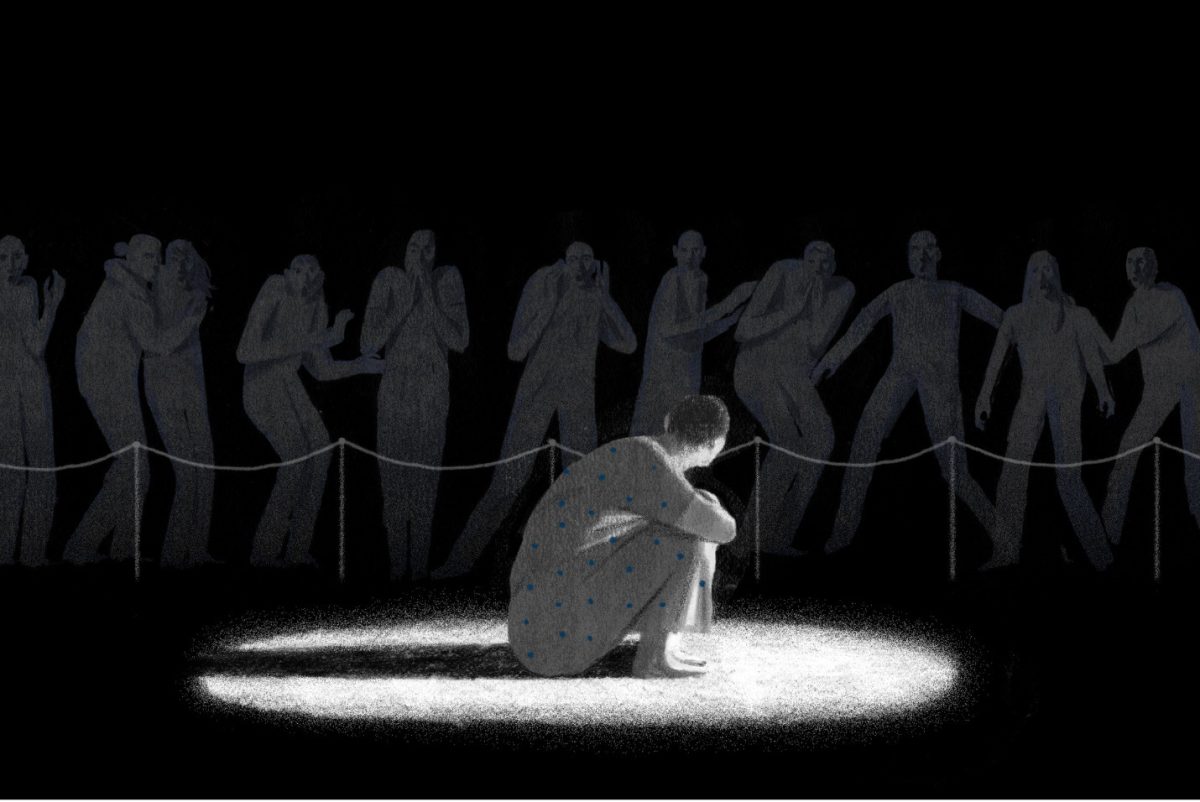A worried mother came across explicit photos showing her 13-year-old child’s bloody, cut up ankles. A nightmare turned to reality when she realized her child was self-harming. Unfortunately, her mental health only got worse, leading to a suicide attempt. In this article we will discuss mental health in teenagers and bring awareness to this issue
Worldwide, teenagers are hammered with the mental health crisis. The textbook definition of mental health – “a person’s condition with regard to psychological and emotional well-being.” But there’s a deeper story to mental health in society today. Social media is without a doubt one of the highest causes of mental health issues in teenagers. Individuals have the power to create an internet persona. Influencers pick and choose what is released to the public; they have complete power over how they are viewed. Filtering out the “bad” or negative aspects of life, (which are often overlooked) can set unrealistic standards and expectations as to how we should conduct our lives. Those who are actively on social media are more likely to compare themselves or their lifestyles to the fabricated ones we see online. Social media can be a trigger for body dysmorphia and/or eating disorder such as anorexia and bulimia. This is typically due to pressure to meet a beauty standard.

Adolescents are faced with a heightened threat of mental health disorders, placing a potentially higher danger to teens than drinking and smoking. All around us are warnings regarding drug and alcohol use; awareness is constantly being raised throughout social media, schools and family. But what about mental illness? Historically, the mentally ill have been abused and mistreated, resulting in trauma, permanent altercations, and in severe cases, death. Unlike physical illness, mental ailments don’t show prominent physical symptoms, which makes them difficult to recognize. In the United States, “mental, emotional, developmental, or behavioral disorder, and suicidal behaviors among high school students increased more than 40% in the decade before 2019,” (National Library of Medicine). The increase is attributed to social media and stress. However, family history, trauma and other health conditions can put an individual at risk as well .
Sharing her story is Damini Parkhi age 17. Suffering with mental illness, her depression and anxiety had peaked in middle school, resulting in her decline. She resorted to self-harm to distract her from the mental pain. Eventually, she reached her breaking point and overdosed on more than 50 pills. She survived, and after therapy and medication Parkhi now pursues psychology in becoming a child psychologist.
Mental health issues are serious and can go completely unnoticed, which is why it’s important to
check up on your friends and loved ones. Mental health awareness month is a great time to share
and confide in other with mental health issues and educate people on what mental health really is and
how we can manage it.






